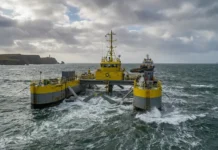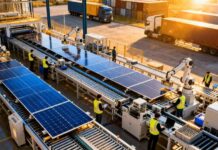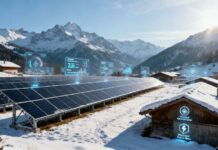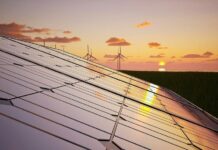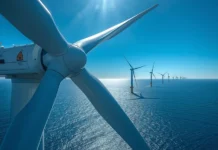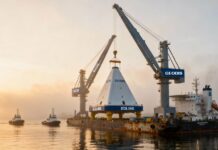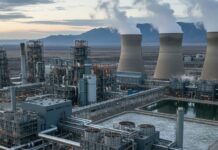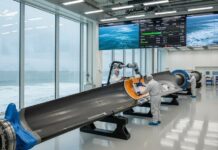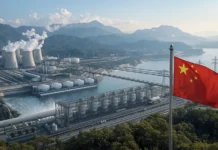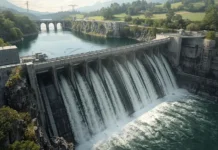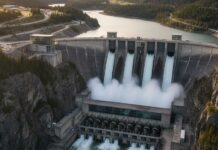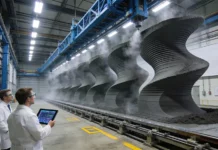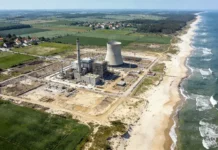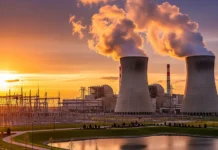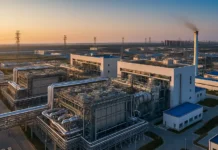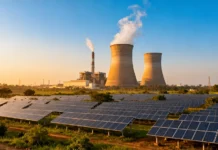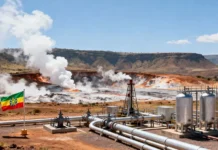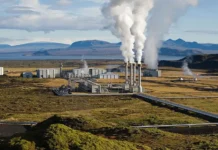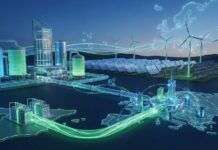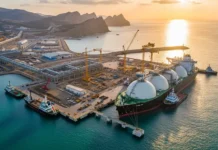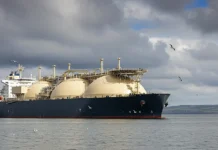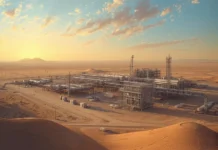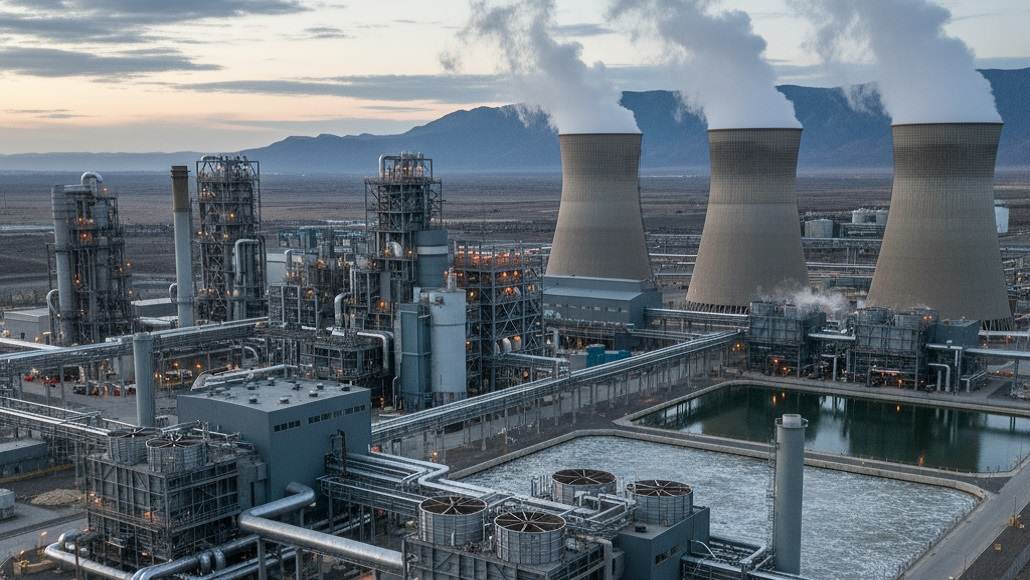Industrial Heat Recovery: Converting Waste Energy into Productive Power
Industrial facilities worldwide discharge vast quantities of thermal energy into the atmosphere and water bodies, representing one of the most significant untapped resources in the global energy system. Industrial heat recovery technologies capture this waste heat and transform it into productive power generation, process heating, or other beneficial uses. As industries face mounting pressure to reduce energy costs, minimize carbon emissions, and enhance operational efficiency, waste heat recovery has emerged as a proven strategy delivering compelling economic returns while advancing sustainability objectives.
The Scale of Industrial Waste Heat
Over half of all heat generated by industrial processes is currently vented to the atmosphere or discharged into bodies of water. This waste heat represents not merely lost efficiency but often incurs hard infrastructure costs for cooling towers, heat exchangers, and ventilation systems required to manage thermal loads. The United States Department of Energy estimates that industrial waste streams above 450 degrees Fahrenheit represent 8,840 megawatts of waste heat to power potential across 2,946 sites.
The International Energy Agency projects that reusing industrial waste heat could meet up to 20 percent of global industrial energy demand. In carbon terms, this translates to avoiding hundreds of millions of tons of greenhouse gas emissions annually. The IEA estimates waste heat recovery could cut global carbon dioxide emissions from industrial manufacturing by 1.2 gigatons per year by 2050 compared to business-as-usual scenarios, representing a 12 percent reduction in industrial emissions and a 3 percent reduction in global emissions.
Economically feasible waste heat recovery applications generally target combustion exhaust streams with temperatures exceeding 500 degrees Fahrenheit. Industrial processes producing these temperature ranges include calcining operations for cement, lime, alumina, and petroleum coke; metal melting and glass melting; petroleum fluid heaters; thermal oxidizers; and exothermic synthesis processes. However, over 90 percent of industrial waste heat in the United States exists at temperatures too low for economical power generation using traditional recovery systems.
Waste Heat Sources and Characteristics
Industrial waste heat originates from diverse sources with varying temperature profiles, flow rates, and composition characteristics. Thermal systems and boilers generate high-temperature exhaust gases, typically 400 to 700 degrees Celsius, suitable for steam generation and power production. Kilns, furnaces, and ovens in cement, ceramics, and metal processing discharge flue gases at temperatures often exceeding 1,000 degrees Celsius, representing premium heat recovery opportunities.
Mechanical drives including engines and turbines produce exhaust streams at moderate temperatures suitable for organic Rankine cycle applications. Pipeline compressor stations using gas turbines to move natural gas generate substantial waste heat from turbine exhaust that can be captured for electricity generation. Chemical processes involving exothermic reactions release heat as byproducts, as seen in fertilizer manufacturing. Incineration of sewage sludge and heat released from pressure relief valves present additional recovery opportunities.
Lower temperature sources below 230 degrees Celsius are becoming increasingly viable for recovery as technologies advance. Industries with moderate temperature ranges including pulp and paper, food processing, and chemicals generate substantial waste heat quantities suitable for recovery with appropriate technologies. The food processing industry relies on energy-intensive baking, drying, and refrigeration processes where waste heat recovery delivers both financial and ecological benefits. The pulp and paper industry can increase energy efficiency for pulping, drying, and chemical recovery processes through heat capture.
Waste Heat Recovery Technologies
Multiple technology pathways convert waste heat into useful energy, each optimized for specific temperature ranges and applications. Steam Rankine cycle systems represent the most frequently deployed approach for high-temperature waste heat. These systems use recovered heat to generate steam that drives turbines connected to electric generators. Traditional steam Rankine cycles prove most efficient for exhaust streams above 650 to 700 degrees Fahrenheit, achieving thermal efficiencies approaching 42 percent at 540 degrees Celsius.
Organic Rankine cycle systems use working fluids with lower boiling points than water, making them suitable for low to medium temperature applications. These systems can economically generate electricity from heat sources as low as 70 degrees Celsius, opening recovery opportunities across broader industrial applications. While ORC efficiencies typically range from 10 to 20 percent for temperatures up to 350 degrees Celsius, the technology’s ability to utilize low-grade heat that would otherwise be completely wasted makes it attractive for many facilities.
The Kalina cycle represents a more complex approach using ammonia solution as the working fluid. These systems demonstrate superior adaptation to varying temperature conditions and have proven successful for recovering low to medium temperature waste heat. The Kalina cycle’s thermodynamic advantages enable better performance than conventional steam cycles at lower temperatures, though system complexity and larger heat exchanger requirements increase capital costs.
Thermoelectric generation converts heat directly into electricity using the Seebeck effect, where temperature differences across semiconductor materials create voltage. While current thermoelectric efficiencies remain low, the technology requires no moving parts, operates silently, and scales readily to small applications where conventional heat recovery systems prove uneconomical. Ongoing research and development aims to improve thermoelectric efficiency and expand industrial applicability.
Heat pumps enable recovery of very low temperature waste heat by upgrading thermal energy to higher, more useful temperatures. This proves particularly valuable for district heating applications where industrial waste heat can be captured and distributed to residential and commercial buildings. Data centers, wastewater treatment plants, and industrial processes operating at temperatures below traditional recovery thresholds can utilize heat pumps to make their thermal output useful for space heating or process applications.
Industrial Applications and Case Studies
Cement manufacturing exemplifies high-temperature waste heat recovery potential. Cement plants using waste heat recovery to preheat raw materials report annual savings in millions of dollars. The Port Arthur Steam Energy project in Texas recovers energy from 2,000-degree Fahrenheit exhaust from petroleum coke calcining kilns, producing 450,000 pounds per hour of steam for adjacent refinery process use and 5 megawatts of electric power. This installation creates estimated carbon dioxide emissions savings of 159,000 tons annually.
Glass manufacturing implements recuperators to capture heat from furnace exhaust gases and reuse it for preheating combustion air, reducing fuel consumption and lowering overall energy demand. This approach not only cuts costs but enables production capacity increases without additional energy input, providing critical competitive advantages in markets where efficiency drives profitability.
Chemical and refining industries deploy waste heat recovery across multiple process streams. High-temperature reformer furnaces, fluid catalytic crackers, and distillation columns all generate substantial recoverable heat. Systematic waste heat recovery projects based on sound thermodynamic principles can yield annual energy cost savings of 10 to 20 percent with payback periods of 6 to 18 months for industrial facilities.
Metal processing including steel and aluminum production generates waste heat from multiple sources including furnaces, casting operations, and rolling mills. EuroSibEnergo implemented hydropower turbine runner replacements that recovered efficiency losses, ultimately expected to increase annual production by 1.9 terawatt-hours while reducing coal-fired generation and saving over 1.8 million tons of carbon dioxide emissions per year. Though this example involves hydropower rather than industrial heat recovery, it demonstrates the scale of efficiency improvements possible through systematic upgrade programs.
The food and beverage sector increasingly recognizes heat recovery benefits for cost management and sustainability. Breweries, dairy processors, and food manufacturing facilities can capture heat from pasteurization, sterilization, and cooking processes for preheating water, space heating, or cleaning operations. These applications often achieve rapid payback through reduced utility expenses while demonstrating environmental responsibility that resonates with consumers.
Economic Analysis and Return on Investment
Industrial waste heat recovery economics reflect interactions between capital investment requirements, operational savings, energy prices, and available incentives. Capital costs vary substantially based on heat source characteristics, required equipment, system complexity, and installation conditions. Turnkey waste heat to power installations typically require significant upfront investment but generate ongoing revenue through electricity generation or avoided power purchases.
The global waste heat recovery systems market valued at 64.76 billion dollars in 2024 is projected to grow at 7.5 percent annually through 2034, driven by rising energy costs, sustainability commitments, and regulatory compliance requirements. The United States market is expected to exceed 28 billion dollars by 2034, supported by high energy costs, green practice adoption, regulatory compliance, and inter-industry collaborations.
System payback periods generally range from six to 18 months for well-designed installations at facilities with appropriate heat sources. This rapid return on investment makes waste heat recovery one of the most financially attractive energy efficiency measures available to industrial operators. For facilities operating continuously, 24-hour-per-day operation maximizes electricity generation and accelerates return on investment while strengthening bottom line performance.
Operational savings accumulate through multiple pathways including reduced fuel consumption for process heating or steam generation, decreased electricity purchases when recovered heat generates power on-site, lower cooling system operating costs when waste heat is redirected rather than rejected, avoided carbon tax or emissions permit costs in regulated jurisdictions, and enhanced process efficiency enabling production increases without proportional energy cost increases.
Available incentives and support programs improve project economics while accelerating adoption. Tax credits for combined heat and power installations, accelerated depreciation schedules, utility rebates for energy efficiency improvements, and state or federal grant programs targeting industrial emissions reduction all enhance financial returns. In April 2024, the Tallgrass, University of Dayton, and AES Ohio collaboration announced construction of a waste heat-to-power facility in Ohio’s Fayette County, demonstrating growing support for waste heat to energy technologies as companies work to reduce consumption and meet environmental regulations.
Implementation Considerations and Best Practices
Successful waste heat recovery implementation requires systematic evaluation of opportunities, careful technology selection, and thoughtful system integration. Comprehensive energy audits identify waste heat sources, characterize temperature profiles and flow rates, and quantify potential recovery benefits. While typical energy audits identify annual cost savings around 5 percent, systematic waste heat recovery projects can achieve 10 to 20 percent savings.
Technology selection must align with heat source characteristics and facility requirements. High-temperature exhaust streams favor steam Rankine cycle systems, while moderate temperatures suit organic Rankine cycle applications. Very low-temperature sources may require heat pumps or direct thermal applications rather than power generation. Economic analysis should consider not just first costs but lifecycle expenses including maintenance, replacement parts, and operational complexity.
System integration complexity varies with existing facility infrastructure and operational patterns. Retrofit installations must accommodate space constraints, tie into existing steam or electrical systems, and minimize production disruptions during installation. Modular approaches allowing phased implementation can reduce upfront investment while demonstrating value before full-scale deployment.
Maintenance requirements for heat recovery equipment generally prove less demanding than combustion systems since recovery devices have fewer moving parts and operate in less aggressive conditions than primary process equipment. Regular inspections, cleaning of heat exchanger surfaces, and monitoring of system performance ensure sustained efficiency and identify emerging issues before they compromise operations.
Barriers and Future Directions
Despite compelling economics and proven technology, only 5 percent of U.S. manufacturing facilities currently deploy waste heat recovery systems, indicating tremendous untapped potential. Barriers limiting broader adoption include limited awareness of opportunities and available technologies among facility operators, engineering cost and complexity challenges in exploiting small temperature differences efficiently, split incentives where parties making investment decisions do not capture benefits, competing capital allocation priorities in resource-constrained organizations, and perceived technical or operational risks from unfamiliar technologies.
Emerging technologies promise to expand waste heat recovery applicability and improve economics. Compact membrane condensers could enhance latent heat recovery from exhaust gases. Direct conversion technologies including improved thermoelectric and piezoelectric systems may capture heat from sources not typically considered for recovery. New approaches might recover heat from heated product streams and sidewall losses in aluminum cells or other processes where heat escape was previously considered unavoidable.
Research and development efforts explore novel working fluids for organic Rankine cycles that operate more efficiently at lower temperatures, advanced materials for heat exchangers that resist fouling and corrosion while improving thermal conductivity, integrated system designs that optimize across entire facilities rather than individual pieces of equipment, and artificial intelligence-based controls that maximize recovery by adapting to dynamic operating conditions.
Contributing to Net Zero Objectives
Industrial heat recovery represents a critical pathway for achieving net zero carbon emissions and decarbonization goals. Waste heat recovery could constitute approximately 10 percent of cumulative carbon dioxide emissions reductions in industry by 2050 compared to business-as-usual scenarios. Achieving this potential requires rapid deployment increases from 100 megatons per year in 2020 to 500 megatons per year in 2030, and 1,200 megatons per year in 2050.
The technology serves as a bridge enabling industrial decarbonization while maintaining competitiveness and production capacity. Facilities can reduce carbon footprints and energy costs simultaneously, creating win-win outcomes that overcome typical tradeoffs between environmental and economic objectives. As carbon pricing mechanisms expand globally, the financial imperative for heat recovery intensifies, driving adoption beyond early adopters to mainstream industrial practice.
The path forward demands collaboration among technology providers, industrial operators, policymakers, and financial institutions. Continued innovation will expand recovery opportunities and improve economics. Streamlined permitting and interconnection processes will reduce project timelines and uncertainty. Workforce development programs must cultivate the technical expertise required for system design, installation, and operation. Together, these elements will unlock industrial heat recovery’s full potential as a cornerstone technology for sustainable industrial operations and global decarbonization.



